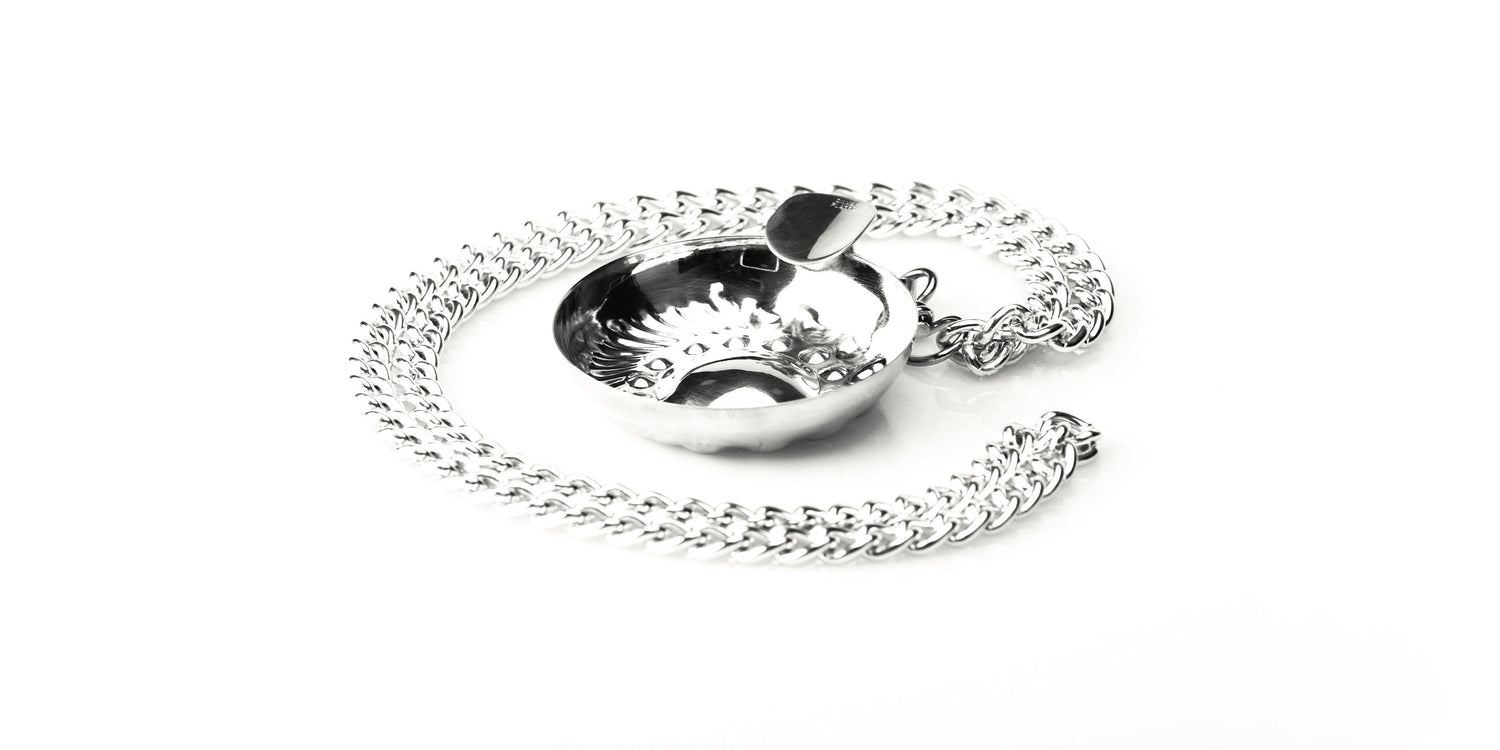The world of sommeliers is made up of extreme competence, rampant passion, many tastings and endless kilometers in the car, but also of traditions and stories of which traces remain in gestures, more or less pompous. And in the tools. Tastevin is one of these: but what is it and what is it for?
Everyone will have wondered what the necklace hanging around the sommeliers' necks in the official photos is... Many sommeliers on our team have also chosen to show themselves with this object. Today we answer questions about tastevin, in 6 simple points.
1. What does tastevin mean?
Literally: taste wine .
2. What is its story?
In the past, technical wine tasting took place with the tastevin.
Its origins are truly lost in the mists of time: archaeological excavations attest to the use of tools of this type since over 3000 years ago.
We have an ancient representation of it: in the House of the Vettii, one of the most fabulous and well-known in Pompeii, we see cupids pouring wine into small cups very similar to the modern tastevin. We are in the first century AD.
But it was in the seventeenth century, in France, that the first forms of instruments similar to today's tastevin came to light.
3. Why does tastevin have this shape?
The shape recalls that of the hollow of the hand , that is, what is used to drink directly from the source.
4. How is tastevin made?
In silver , or silver-plated metal, the modern tastevin can have two forms, Bordeaux or Burgundian. It has a small handle but the peculiarity lies inside, in the variation of the surface between protrusions and recesses .
5. How is tastevin used?
POUR : after removing it from the chain, pour the wine into the tastevin up to the level indicated by the central bubble .
BREATHE : the small raised pearls allow rapid aeration of the wine, favoring the olfactory examination.
OBSERVE : the 8 large pearls allow you to evaluate the red wines, while the ribs (always hollow and elongated) allow you to observe the whites .
TASTE : the taste analysis does not differ from that carried out with the glass.
6. Why did sommeliers use tastevin in the past?
Because wine analysis is made easier and faster by tastevin. The play between concave and convex elements creates a mirror that allows the wine to be illuminated from every angle. The outcome is facilitated by the fact that the wine is placed on a very thin layer. Clearly, the tastevin does not allow the perlage of sparkling wines to be evaluated.
Today the tastevin is replaced by the classic glass, but it remains a symbol of the sommelier profession throughout the world. It's a little piece of wine history to keep track of as you look to the future.




